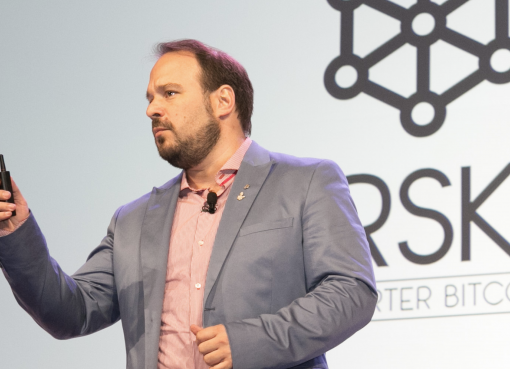The team behind the Bitcoin Lightning Network’s leading software implementation is launching a marketplace for Lightning users to lease liquidity for payments on the second-layer network.
Today, Lightning Labs announced the release of Pool, “a non-custodial, peer-to-peer marketplace for Lightning node operators to buy and sell access to liquidity,” according to a press release. The service will allow Lightning Network users to lend out bitcoin in payment channels in return for yield. Businesses and services providers can then draw on this liquidity when needed to manage Lightning Network payment flows.
“Efficient capital allocation is one of the most widely felt pain points when using the Lightning Network. Existing node operators do not have access to pricing signals to help determine where in the network their outbound liquidity should be allocated, and new node operators have no way to signal that they need new inbound liquidity,” the press release states.
“Lightning Pool brings these two sides together into a single market while allowing them to maintain custody of their funds.”
Pool provides a marketplace for Lightning Network liquidity
Bitcoin’s Lightning Network offers cheaper, faster payments than Bitcoin’s primary network by offloading these payments onto a “second layer” (a software that is built on top of the original Bitcoin software).
Lightning manages payments through two-way payment channels, where either side holds a certain amount of the funds locked up in a channel. Sending payments outside of a channel requires a “routing” transaction. (Say Alice has a channel with Bob and Bob has a channel with Carol; if Alice wants to send a payment to Carol, she can route it through Bob.
But what happens if Bob doesn’t have enough funds in his channel to complete the payment?
This is the problem Pool wants to ameliorate. Businesses or users managing multiple channels can buy liquidity from the marketplace when they need to top off channel reserves for routing. On the other side of this transaction, Lightning Network node operators can employ their idle bitcoin by offering it up as liquidity on Pool.
“Pool adds market pricing signals to the system so that individuals know where capital is needed. Someone could go on the market and say, ‘I want 1 BTC for 1 month and I’ll pay 3%,’” Lightning Labs CTO Olaoluwa Osuntokun told CryptoX.
Orders are matched in a “frequent batch auction.” After a window for accepting bids and asks ends, Pool’s engine matches buyers and sellers based on their rates. When the auction block clears, the payments to fund each payment channel are batched into a single transaction to save money on on-chain fees.
“Whenever you put up a bid or ask, you either get that rate or better, depending on the clearing price per batch,” Osuntokun said.
To start, payment channels will have a maximum leasing time of two weeks, or in Bitcoin time, 2016 blocks, though Osuntokun said they will diversify the leasing intervals to up to six months. Liquidity providers will receive fees up-front on their Pool account, but Lightning Labs hopes to implement a “per block interest rate,” wherein interest is paid out instantly to a provider’s Lightning wallet roughly every ten minutes with each new Bitcoin block.
‘LiFi’: Lightning-native financial services
Lightning Labs is marketing the service as a flagship for Lightning Finance or “LiFi,” a way for Bitcoiners to generate non-custodial yield on their bitcoin holdings, as opposed to lending them through a custodian like BlockFi or turning them into wrapped bitcoin for DeFi yield farming.
The service has been in a closed alpha with “many of the major exchanges, wallets, and service providers testing this in the background and to make sure it has enough liquidity on it when it launches.” The minimum order amount at launch will be 10 BTC, though Lightning Labs will raise this in the future once the platform has been sufficiently stress tested.
“In our general style of being more cautious, right now the max account size is 10 BTC. Pool is still early and this isn’t DeFi; we don’t want them depositing a million dollars from day one.”




